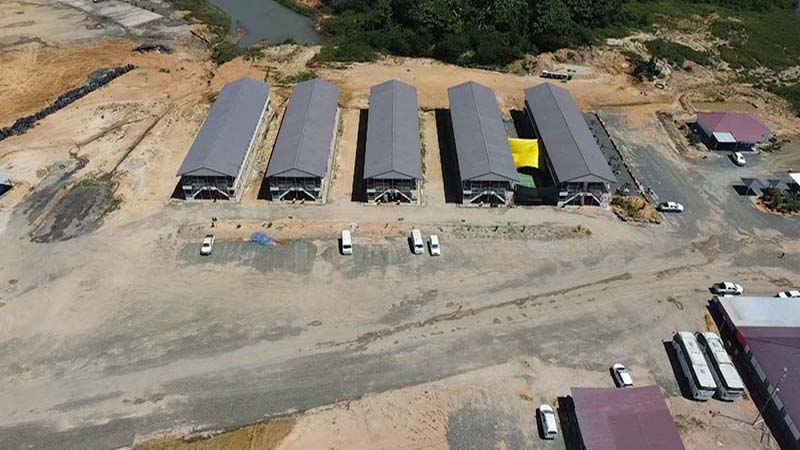


Developing a Camp & Site Facility
Developing a Camp & Site Facility requires a comprehensive approach that balances natural preservation with visitor comfort. Below is an organized, step-by-step guide to creating a successful campground:
- Initial Planning & Feasibility
- Identify the area you want to develop a campground, including the desired size, layout, and terrain.
- Research local regulations, zoning laws, and building codes to ensure compliance.
- Obtain necessary permits, such as building permits, zoning permits, and special event permits.
- Review and consult with architects, engineers, and other professionals to ensure the design meets your needs.
- Site Design & Zoning
- Design a site layout that maximizes natural beauty while minimizing noise and disturbance.
- Choose appropriate site features, such as trees, shrubs, and vegetation, to maintain a green environment.
- Consider incorporating natural light sources, such as artificial lights or fluorescent lights, to create a comfortable and welcoming environment.
- Plan the layout to accommodate various visitor needs, such as children, adults, and seniors, with appropriate seating and rest areas.
- Evaluate the zoning and building codes to ensure compliance with local regulations.
- Infrastructure Development
- Construct necessary infrastructure, such as roads, sidewalks, and walkways, to provide access to the campground.
- Install necessary lighting, such as streetlights, artificial lights, and fluorescent lights, to create a comfortable and welcoming environment.
- Consider incorporating natural light sources, such as artificial lights or fluorescent lights, to maintain a green environment.
- Install necessary utilities, such as power lines, water, and sewer systems, to provide a safe and reliable environment for visitors.
- Evaluate the zoning and building codes to ensure compliance with local regulations.
- Safety & Security
- Secure the campground with appropriate security measures, such as locks, doors, and security guards.
- Implement a fire alarm system to ensure safety during fires.
- Install a smoke detector and carbon monoxide detector to monitor the campground for any potential hazards.
- Evaluate the zoning and building codes to ensure compliance with local regulations.
- Activities & Programming
- Design a program of activities and programs that cater to different visitor needs, such as children, adults, and seniors, with appropriate seating and rest areas.
- Consider incorporating natural light sources, such as artificial lights or fluorescent lights, to maintain a green environment.
- Evaluate the zoning and building codes to ensure compliance with local regulations.
- Staffing & Operations
- Hire professional staff, such as campers, guides, and security personnel, to provide a safe and welcoming environment for visitors.
- Evaluate the zoning and building codes to ensure compliance with local regulations.
- Sustainability Practices
- Implement sustainable practices, such as recycling, composting, and waste management, to reduce environmental impact and promote a healthy campground.
- Evaluate the zoning and building codes to ensure compliance with local regulations.
- Financial & Legal Considerations
- Assess the financial feasibility of the project, considering factors such as construction costs, maintenance expenses, and operational expenses.
- Evaluate the zoning and building codes to ensure compliance with local regulations.
- Post-Opening Strategies
- Develop a post-opening strategy, such as a signage system, event planning, and promotional materials, to promote the campground and attract visitors.
- Evaluate the zoning and building codes to ensure compliance with local regulations.